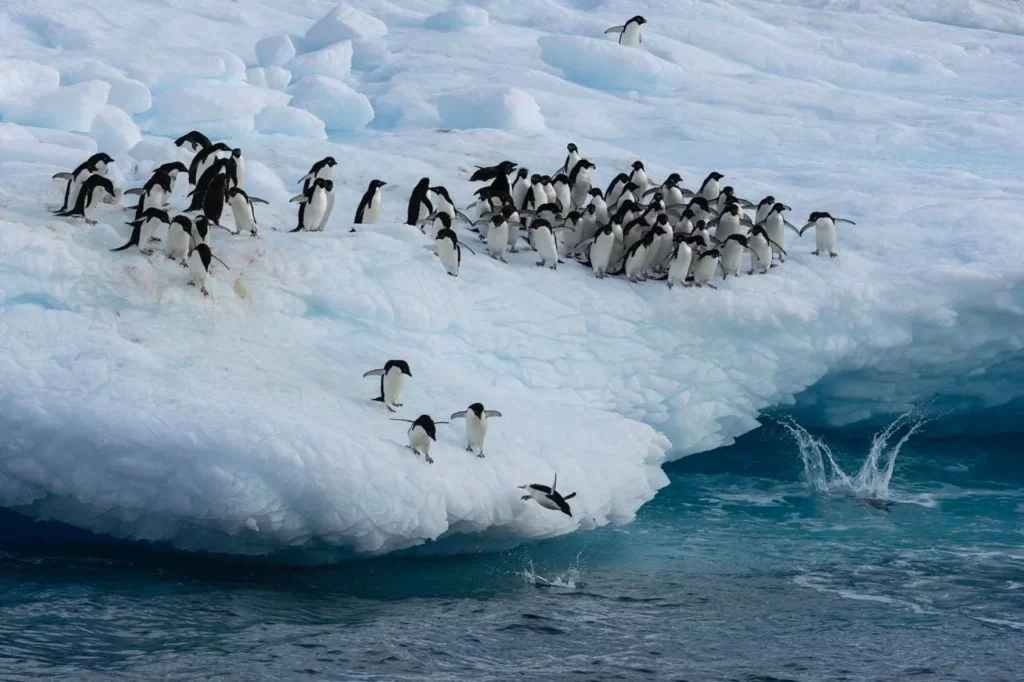
The rapid transformation of Antarctica’s fragile ecosystem serves as a stark reminder that nature is outpacing predictions. In the face of this crisis, it’s tempting to resort to shortcuts and quick fixes. However, science must remain at the forefront of the fight for Antarctica.
Despite alarming satellite monitoring and firsthand reports revealing startling changes in the Antarctic region, some proponents are championing radical geoengineering plans as a solution. These schemes include underwater barriers to protect glaciers and aerosol masks to cool the ice. Meanwhile, science-based advocates like the Antarctic and Southern Ocean Coalition (ASOC) remain cautious of these concepts.
“We need to hurry,” urges Dr. Eunhee Kim, an ASOC marine scientist who has witnessed the vanishing snow cover during her fieldwork. “Otherwise, it could be too late.” This warning echoes the concerns voiced by Dr. Ricardo Roura, ASOC Senior Advisor, who warns that geoengineering is a mechanism to make profits on the premise of a false solution to a problem caused by humanity.
ASOC has been leading advocacy efforts within the Antarctic Treaty System since 1978 and remains the only NGO with official observer status. The organization has secured environmental protections such as the 1991 Protocol and ecosystem-based fisheries management.
The battle for Antarctica does not begin with robotics or geoengineering, but rather with the unwavering commitment to follow the science and cut emissions at their source.
Source: www.forbes.com


